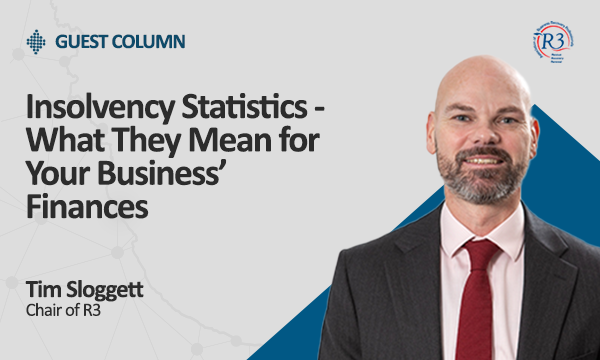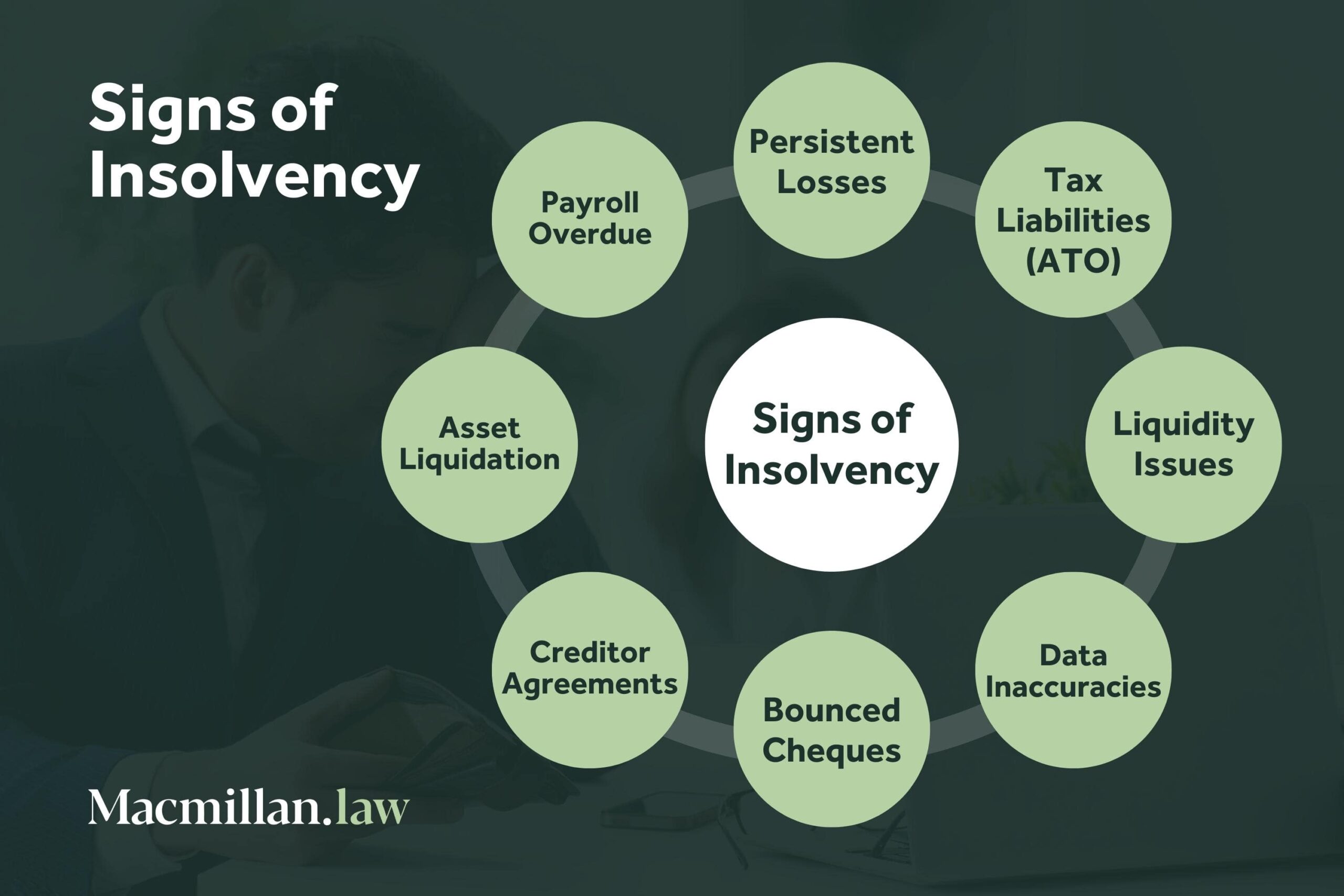A Biased View of Insolvency Practitioner
A Biased View of Insolvency Practitioner
Blog Article
Some Ideas on Insolvency Practitioner You Should Know
Table of ContentsThe Of Insolvency Practitioner9 Simple Techniques For Insolvency PractitionerHow Insolvency Practitioner can Save You Time, Stress, and Money.Some Ideas on Insolvency Practitioner You Need To Know4 Easy Facts About Insolvency Practitioner ExplainedInsolvency Practitioner Fundamentals ExplainedInsolvency Practitioner Fundamentals Explained
Bankruptcy is when obligations are more than the worth of the firm, or when a debtor can not pay the financial debts they owe. A business can come to be insolvent due to a variety of situations that cause inadequate capital. When confronted with insolvency, a business or person can get in touch with lenders straight and restructure financial debts to pay them off.
Bankruptcy can lead to bankruptcy proceedings, in which legal activity will be taken against the financially troubled person or entity, and possessions. Insolvency Practitioner may be liquidated to settle arrearages. Company owner might get in touch with financial institutions directly and restructure financial obligations right into more workable installations. Financial institutions are usually open to this method due to the fact that they intend to be repaid and stay clear of losses, even if the payment gets on a delayed schedule.
The proprietor creates a proposition detailing just how the financial obligation might be reorganized making use of cost reductions or various other prepare for assistance. The proposition reveals creditors exactly how the business may create sufficient capital for successful operations while paying its debts. Usually, a forgiven financial obligation may be taken into consideration revenue by the Internal Earnings Service (INTERNAL REVENUE SERVICE).
Top Guidelines Of Insolvency Practitioner
When a business needs to pay raised prices for goods and solutions, the company passes along the cost to the consumer. Instead of pay the raised cost, lots of consumers take their business elsewhere so they can pay less for an item or service. Losing clients results in losing revenue for paying the business's lenders.
Business might end up paying big amounts of money in damages and be unable to proceed procedures. When operations stop, so does the firm's income. Lack of revenue leads to accounts payable and lenders requesting cash owed to them. Some companies become bankrupt due to the fact that their goods or services don't progress to fit consumers' changing needs.
Facts About Insolvency Practitioner Revealed
Expenses exceed revenues and bills stay unpaid. Sorts of bankruptcy consist of cash-flow insolvency and balance-sheet bankruptcy. Cash-flow insolvency happens when a firm has the possessions to cover their financial debts however they are in the wrong type, such as real estate rather than fluid funds. Balance-sheet insolvency, on the various other hand, indicates a lack of possessions in any form to cover financial obligations.
The internal revenue service states that a person is bankrupt when the total obligations surpass complete possessions. Insolvency Practitioner. A insolvency, on the various other hand, is website here a real court order that shows exactly how an insolvent individual or organization will repay their lenders, or exactly how they will certainly market their assets in order to make the repayments
Excitement About Insolvency Practitioner
When a company or individual is insolvent, they can not satisfy their financial responsibilities. Insolvency is not the same as bankruptcy, although a company that has come to be insolvent might submit for personal bankruptcy. Bankruptcy is the state of not being able to pay your commitments while bankruptcy is a lawful process to release your financial obligations.
Recognizing the factors that can bring about insolvency, such as overspending, can help you prevent bankruptcy and its effects.
The 7-Minute Rule for Insolvency Practitioner
It is well understood more info here that supervisors and officers of companies (and supervisors of restricted obligation companies) owe fiduciary duties to their companies and their investors (or participants). These fiduciary responsibilities are specified by state statutes and, though there are variations from one state to another, they normally consist of a responsibility of loyalty and an obligation of treatment.
The responsibility of care needs directors and officers to exercise persistance, to make informed decisions, and to act in excellent belief so that their activities are in the very best passion of the firm. Beyond the range of this conversation, some states allow these responsibilities to be restricted either by so noting in the business documents or abiding with other requirements.
How Insolvency Practitioner can Save You Time, Stress, and Money.

Take care about giving shareholders favoritism at the expense of financial institutions (e.g., licensing and moneying a returns or a supply redemption). Beware concerning favoritism between courses of shareholders. Make affordable efforts to find out all the facts prior to taking a certain program of activity; supervisors ought to truly believe that any type of choices made are in the most effective interests of the corporation in its entirety (i.e., choices will be assessed in hindsight because of the effect of such actions on the company).
In any type of insolvency or bankruptcy proceeding, payments made to particular financial institutions at the cost of various other creditors can be clawed sites back, specifically if there is some connection in between the business and the financial institution. Take into consideration recommending at a yearly stockholder conference (or any type of other conference of stockholders) a resolution affirming that all prior service decisions and actions taken by the supervisors and officers of the corporation were absorbed good faith after an exercise of practical treatment.
The 10-Second Trick For Insolvency Practitioner
Completely disclose any kind of personal or organization partnerships with events beyond of deals involving the company to avoid the appearance of a conflict of rate of interest. In reviewing prospective fund raising deals or a sale of properties of the struggling corporation, understand that these deals might be looked at later due to any kind of subsequent development of supervisors' fiduciary tasks to include creditors.
Report this page